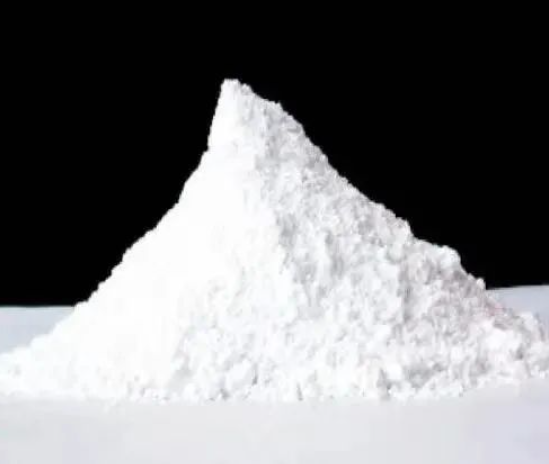Global Leading Automatic
Production Base of Eco Cup Lids
Production Base of Eco Cup Lids
the industry is looking for an alternative raw material for the best biodegradable plates, so PLA, PBAT and other materials are all the rage, and countless people turn their attention to them. But another material, PHA, is a natural polymer material, but
In today's strict plastic ban, the industry is looking for an alternative raw material for the best biodegradable plates, so PLA, PBAT and other materials are all the rage, and countless people turn their attention to them. But another material, PHA, is a natural polymer material, but it has been neglected and unknown.

PHA is a natural polymer material synthesized by microorganisms. It exists in large quantities in nature and is the product of bacteria when the growth conditions are unbalanced. Its physiological function is first of all as a carbon source and energy storage material in bacteria, similar to plant starch, called "fat particles" of microorganisms. It has a wide range of applications, including agricultural mulch, packaging, medical industry (tissue engineering, implant materials, drug release, medical care) and many other fields.
With the national ban on plastics and the announcement of China's achievement of carbon peaking and carbon neutrality, it is particularly important to develop advanced biotechnology and expand the production scale of biodegradable materials. To this end, the degradable materials research team of China Chemical Industry News visited the School of Life Sciences of Tsinghua University, and communicated with Chen Guoqiang, professor of the Department of Chemical Engineering and director of the Center for Synthetic and Systems Biology.

Professor Chen Guoqiang has been studying the best biodegradable plates material PHA for 36 years. He pointed out that PHA is different from the current mainstream biodegradable materials PBAT and PLA. ) As a raw material to synthesize PHA, there is no need to select chemical synthetic products. The structural diversity creates the unique characteristics of PHA. Comparing the carbon neutrality index of three materials on the market, PHA100%, PLA70%, PBAT30%, it can be seen that, PHA is a green and environmentally friendly polymer material.
As a biopolymer material that has developed rapidly in the past 20 years, PHA has complete biodegradability, excellent biocompatibility, good physical properties and thermal processing properties. It is a biomedical material and degradable packaging material that has attracted much attention. In recent years, PHA has become the most active research hotspot in the field of biomaterials. One of the most compelling hotspots is the "renewable" and "degradable" properties.
